Sometimes you just cannot find a game group, but you want still want to play a roleplaying game. The problem is most systems assume you can gather at least four to six friends together to play. While virtual game tables and other online options widen your ability to find players, sometimes you can only get one or maybe two others to play.
Modern roleplaying games are beginning to support one to one roleplaying. Dungeons and Dragons added support for this play style with its Essential Kit. Gumshoe now has two products that support this play. Finally, any of the Powered by the Apocalypse Games will support such play.
Dungeons and Dragons’ Sidekick System in the Essentials Kit is an elegant way of handling one-to-one play. It allows your player to pick a Robin to her Batwoman. The sidekick doesn’t overshadow you, but compliments your weaknesses. But there is still a problem with encounter balance, especially at higher levels.
Gumshoe’s two products: Cthulhu Confidential and Night’s Black Agents: Solo Ops are specifically designed for one-to-one play. In essence, they give your one character about twice the normal investigative and general abilities, with a few other tweaks to their system. This works well in practice as it draws its inspiration from the lone investigator or lone-wolf spy fiction.
Powered by the Apocalypse games are narrative-first, rules light games. While there are “classes” in PBTA games, the mechanics (even combat) are about pushing the story forward. One-to-One play is not officially supported by these rule sets, but this play style could be easily done with this system.
An honorable mention for one-to-one play is Vampire the Masquerade. The source fiction has the solo vampire. Characters are powerful, damage resistant, and can learn other clans’ disciplines. A game focused mainly on the social intrigue could work with this system.
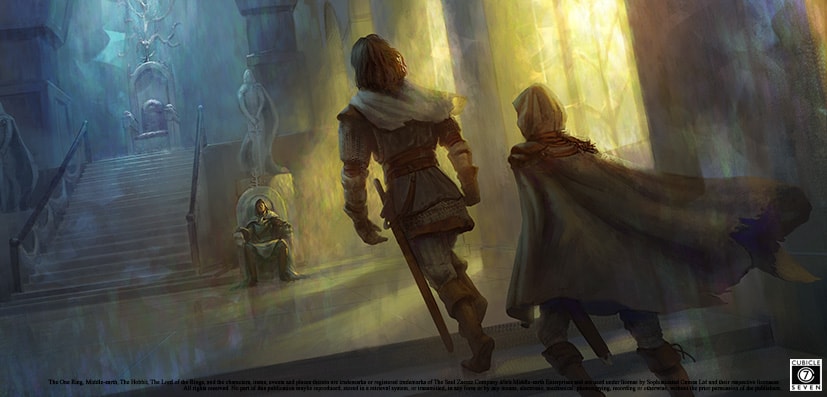
Why most RPGs do not officially support one-to-one play.
Next, we should cover the difficulty of just using any roleplaying system off the shelf for one to one play. Most roleplaying games assume that you are playing with a group large enough to support one game master and three to six players. While less of an issue in social and exploration scenes, combats are attuned to having this many players.
This is because balanced combat is all about action economy. The game assumes a certain balance in power between the players and the enemies. This is not just in chances to hit and average damage, but how many actions (especially attack actions) can be taken in a player’s turn. Player characters also tend to be more powerful as the heroic protagonists of the story.
In Dungeons and Dragons, this problem is often felt in boss monster or solo monster encounters. When players can focus fire and deny turns (stun) to the boss, the encounter becomes easy. This is why boss monsters have lair actions: to even out the action economy.
This problem is magnified when the player group gets above six. Combats because large, tedious affairs, to even out the action economy between the players and the monster. Otherwise they roll through every fight.
But when you have three or less players, not only is there an action economy problem, there is a role problem. Ever since the advent of modern MMORPGS, we have though of characters falling into specific roles: healer, tank, DPS, controller. In 4th Edition Dungeons and Dragons, these roles were made an explicit part of the game.
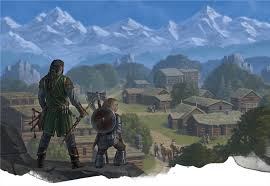
But when you only have one to three players and no one is playing a healer (cleric, paladin, bard, druid), then every combat becomes very swingy. The characters have no reserve capacity, especially at lower levels. Also, the action economy favors the Dungeon Master, because it would be too obvious if every encounter had four or less enemies.
This role-fulfillment or niche protection problems becomes even worse in one-to-one play, especially in class-based systems. It is just assumed you will be playing in a class-diverse party. In a point-buy classless system, you can simply given the characters more starting points so they can buy out more skills and abilities. But then you run into the Mary Sue character problem.
Even if you just load your player up with healing potions and a wand of fireballs, they are one failed hold person saving throw from death or capture. With even crunchier systems like Shadowrun, if you were running a shaman, you would be constantly exposed to matrix threats and vice versa.
One-to-One Dungeons and Dragons
The Essentials Kit uses sidekick rules to enable one-to-one play. Sidekicks come in three flavors:
- Expert: an agile, jack-of-all-trades character (rogue)
- Warrior: a strong, stout-armed soldier (fighter)
- Spellcaster: a healer (cleric) or damage dealer (wizard).
Sidekicks have their own quirks (the Essentials Kit gives you nine to choose from) with their own Personality, Ideal, Bond, and Flaw. This system is also used in character creation with Backgrounds. This gives the Dungeon Master some hooks on how to roleplay them.
Mechanically, each type (Expert, Warrior, Spellcaster (healer or mage)) has a stat card for levels one to six. The adventure included with the Essentials Kit takes characters from first to sixth level. 1st level spellcasters have 2 cantrips and 2 first-level spell slots, but only knows one spell.
Compared to first-level clerics, they get 3 cantrips and only 2 first level spell slots. However, they can prepare spells equal to their wisdom modifier plus their cleric level. This provides a greater amount of versatility compared to the sidekick.
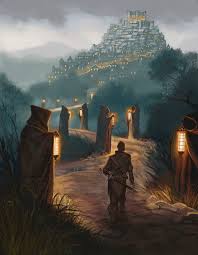
As mentioned above, in class-based systems the problem with one-to-one play is that characters are carefully defined and designed not to step on the toes of other classes. With this system, you can have two out of three (technically four because Spellcasters are two different options). The Dungeon Master will then need to compensate for the missing roles.
Nothing stops the Dungeon Master from running two sidekicks, but at a certain point that places a lot of load on the Dungeon Master, who is already juggling a lot of elements. It is important that this style of play be fun for both the Dungeon Master and the Player. Also, some Dungeon Masters are tempted to turn a party Non-Player Character in a protagonist Game Master Player Character. Game play often stops being collaborative.
Tips for Adjusting Dungeons and Dragons for One-to-One Play
The simplest advice for solo play is characters should just start at 3rd level. 1st and 2nd level characters are susceptible to being knocked down with a critical hit. Solo play makes characters more susceptible in combat too because of the action economy problems discussed above.
The two biggest barriers for solo play in Dungeons and Dragons are healing and traps/locked doors. Healing is the bigger problem especially if the player character is a fighter and they picked the mage spellcaster sidekick. While you could just have very few traps or locked doors, they are a common trope of the fantasy genre and it needs to be addressed.
Healing in Solo Play
Assuming the Player Character does not have access to Cure Wounds, then the Dungeon Master should be more willing to hand out healing potions through level 5, greater healing potions through level 12, and superior healing potions after that.
By “handing out,” I mean that quest givers give the player one or two such potions at the start of a quest-arc. Also, they should either be more available for purchase or cheaper than their list price. Another option is if the player or sidekick are proficient with herbalism kits, then they could brew potions.
You may want to change the action for drinking potions to a bonus action rather than a full action. For classes without many bonus actions, this is trivial and effectively makes it a free action. In that case, maybe you allow them to instead use a reaction to drink a potion after taking damage. They give up opportunity attacks or certain spells, which means they have to make a meaningful tactical choice.
Alternatively,they could be used as part of a move action. This could mean either substituting a move action for drinking a potion. But this could lead to less dramatic fights as the character just stands in one place. As with drawing or stowing weapons, you could allow them to drink a potion only if they do so during a move. If they just stand there, they must use a different action.
This could force the player into interesting choices: do I move and risk an opportunity attack so I can get the benefit of this healing potion? Or do I give up a full action to drink this potion? That can feel like a trap option, which is why I prefer the Bonus Action rule instead.
In addition, you should add healing potions more commonly to the possession of defeated foes. If your player tends to forget to loot, you can have the leader of a fight drink a potion as a bonus action to signal they may have more. If you know a boss fight is coming, then you’ll want to plant them on the fight just before and as loot from the boss fight.
In addition to potions of healing, there are other protective potions you can hand out to the player. Potions of Acid Resistance can be given by a quest giver if everyone knows that the boss monster they are going up against breathes acid (e.g. a Black Dragon). If handing out healing potions becomes too rote or expected, this can mix it up.

Another option are items like a ring of regeneration (very rare!) or custom items like wands. But these can be overpowering and runs your game in the opposite direction: too plentiful healing. Remember, they only have themselves and a sidekick to consistently heal.
Charges should be low, around three, with the option to use more charges to power-up the cure wounds spell. Again, they have a tactical choice to make between how much healing should be given out. Such wands should have attunement and regain a randomize number of charges.
A less obvious and more subtly beneficial option is a wand of Aid. Aid increases a character’s maximum and current hit points by five. It lasts eight hours and does not require concentration. If cast at higher levels, it adds an additional five hit points. At first through third levels, five hit points is a significant increase.
Aid is a 2nd level spell, but the wand would still only use one charge for the 2nd level casting of it. If it starts with three charges, then the player can choose to give themselves the 3rd level version for 10 hit points and their sidekick the 5 hit point version. Again, the wand should require attunement and regain a variable number of charges each day.
Then as the player advances in tiers, have a powerful cleric ally empower the wand to give it more charges, five, enabling up to fifth level cure wounds. Do not go past five charges. Also, once empowered the wand is now more “brittle” and if all of the charges are used, the player must roll a d20. On a one (or maybe even a four or less if you want to up the danger), the wand shatters.
Traps and Locks
Detecting traps is a simple perception or investigation roll. That is not necessarily the issue (although if it is, then a magic item that casts Detect Traps might be a solution). The issue is that disarming them or unlocking them requires thieves tools or maybe a slight of hand check.
Obviously, if the sidekick is an Expert, then that is the solution your player has chosen. If the character has a high Dexterity score, then this is not as big of a problem. They can still make the check (maybe they start with or are given a set of thieves tools), but they just loose out on the proficiency bonus.
A character with a lower Dexterity or even a Dexterity dump stat (they have a negative modifier), then you have a tougher choice. If the player is experienced with Dungeons and Dragons, then they know what they were doing when they assigned a low Dexterity score. The Dungeon Master should be more conservative in the use of traps and locks, the character’s inability to deal with them may be a fun recurrent theme. But always have a work around ready.
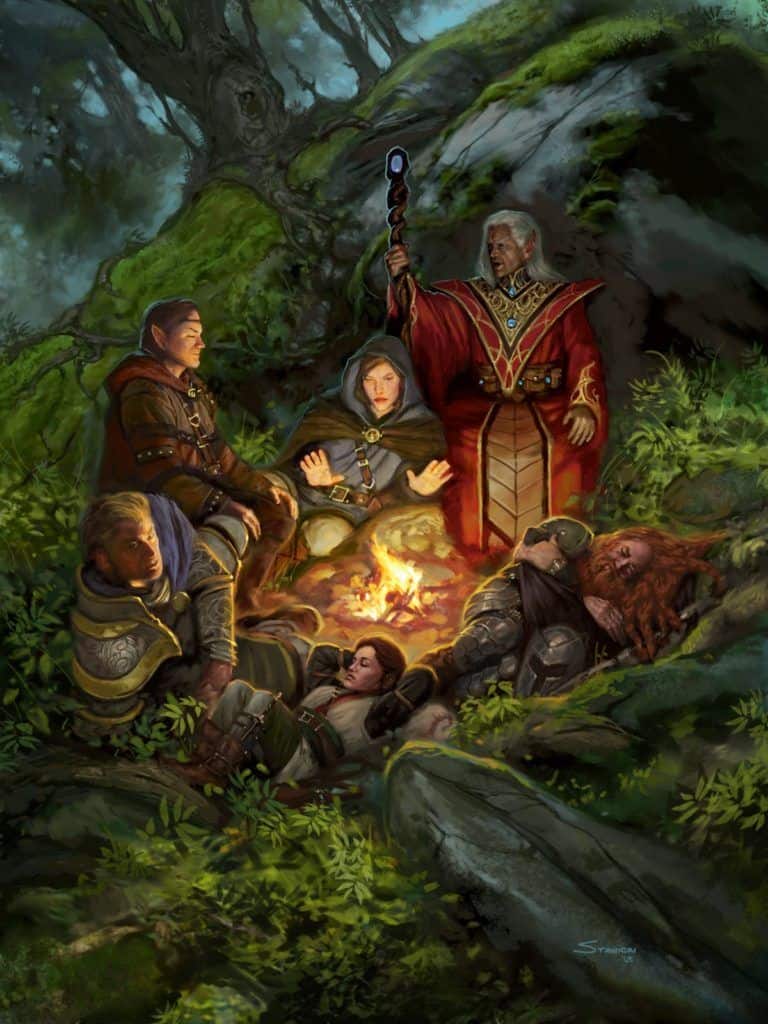
For inexperienced characters, let them feel a bit of that frustration by sprinkling in the rare locked door and trapped chest. But then offer them “training” in Thieves Tools. This could be a full feat-tax to get full proficiency by using the Skilled Feat. Or you could just allow them to use half of their proficiency bonus on such checks. This is similar to the Bard’s Jack-of-all-Trades class feature.
Also, many traps also require a dexterity save. This is to emphasize to a rogue-less party that they need one. It also gives the Rogue character a second chance if they failed to disarm or spot the trap. But this is a double-punishment for the low-Dexterity solo player.
Instead, mix up the saving throw types of your traps. A low or dump-stat Dexterity Player may be more likely to have a higher Constitution or Wisdom save. A Constitution Save is often used in poison attacks.
Even with just a swinging blade trap, the Constitution Save represents the fact the character is getting sliced up, but they are just gutting it out and fighting through the pain. In many respects, the Wisdom Save can represent the same story. The character is so focused on their mission they are ignoring the pain caused by the trap.
Remember, hit points do not represent purely physical damage. Spells that do “psychic” damage are not attacking the body, but the creature’s mind. As stated in the Basic Rules:
Hit points represent a combination of physical and mental durability, the will to live, and luck. Creatures with more hit points are more difficult to kill. Those with fewer hit points are more fragile.
Chapter 9 Combat, Damage and Healing (emphasis added)
Not every trap should have a Saving throw that plays to the character’s strength. But if detecting or disarming the trap plays to the character’s weakness, then having a more powerful save will keep story moving forward. In these situations, the save should only reduce the damage by half.
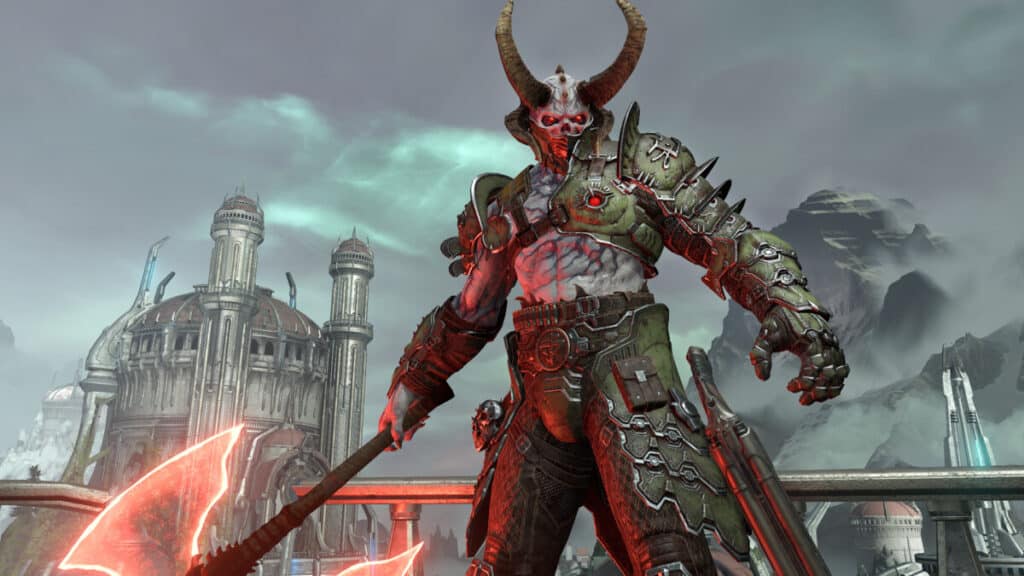
Story Changes
Finally, the types of stories that you tell in Dungeons and Dragons may have to change too. Again, this is primarily a function of the action economy. You should not avoid combat and you should not manipulate things so the player never has a chance to fight more than 3 opponents. But, your character should think carefully on alternate “win” conditions when facing a large room full of bugbears:
- Sneaking away
- Impersonating a bugbear
- Challenging the Chieftan to an honorable duel
- Negotiation
In some ways, this is the hardest part for a Dungeon Master who primarily sets his players to solve problems with their swords and spells. You have to think through what it means to “win” and ways the character can fail forward.
This probably means the types of stories being told are smaller, more personal tales, especially at low to mid level play. If you’re lucky enough to have the game continue through high-tier play, then the scope and scale can broaden.
Boss fights remain a challenge though. The Dungeon Master should not use lair actions, unless she is sending a squad of NPCs with the solo PC as support. Instead, these fights are intimate affairs where the lair may have environmental effects that may hinder both protagonist and antagonist.
Gumshoe One-to-One
A lot of digital ink has and can be spilled on ways to hack or modify Dungeons and Dragons in any number of ways. But that’s not necessary with Gumshoe’s One-to-One system. As of this writing, Gumshoe has two products in this system: Cthulhu Confidential and Night’s Black Agents: Solo Ops.
Cthulhu Confidential tells stories in the style of Trail of Cthulhu or Call of Cthulhu. Confidential includes three adventures with three different investigators. Like other Gumshoe games, investigators have Investigative and General Skills.
When using an Investigative skill, the character gets the necessary information. But instead of “spending” points to gain additional information, the character spends a “push.” Characters have a limited number of pushes, which are spent over all investigative abilities.
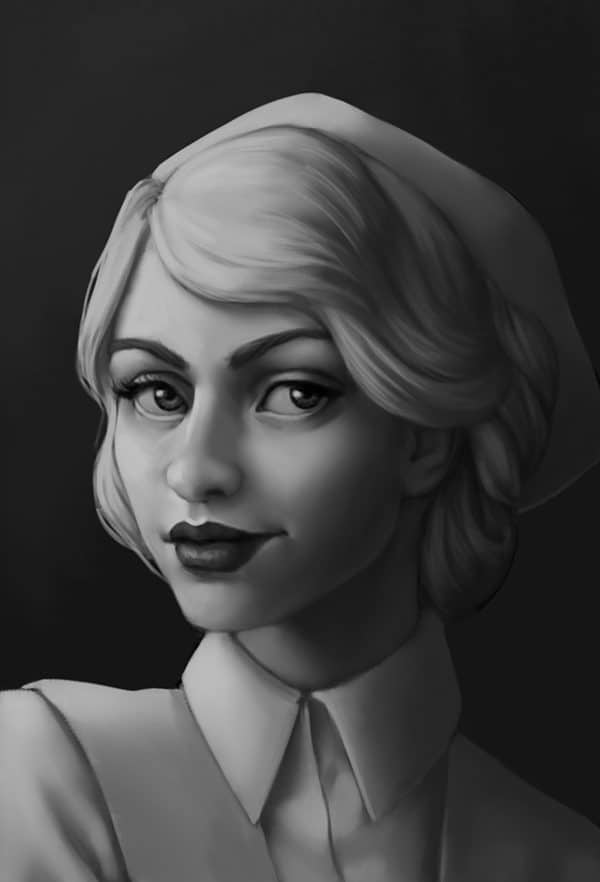
General Ability Tests
General skills also do not have points or levels. They either have one or two dice associated with each one. Tests are staged with a several potential outcomes:
- Advance: you succeeded and sometimes gain an Edge Card
- Hold: did not succeed, did not badly fail
- Setback: you fail and gain a Problem Card
- Extra Problem: take a Problem Card to roll an additional die.
For each item above, it has an associated number. If the character rolls equal to or above the Advance Number they are awarded the Advance condition. The character can only roll the number of dice associated with the test skill. The Extra Problem feature is for when they really want to succeed at a cost.
Edge and Problem Cards
One of the biggest difference between Gumshoe One-to-One compared to standard Gumshoe (and most other roleplaying games) is characters do not have a health track (hit points) or a sanity track. Instead, the game uses a system of Edge and Problem Cards.
Edge cards allow the character to spend a push in investigative scenes. Or they can use the Edge Card to gain an extra die in making general ability tests. Finally, the Edge Card may be used (depending on its language) to cancel a Problem Card. Generally, once an Edge card is used, it is spent. But that is not a hard rule in the system.
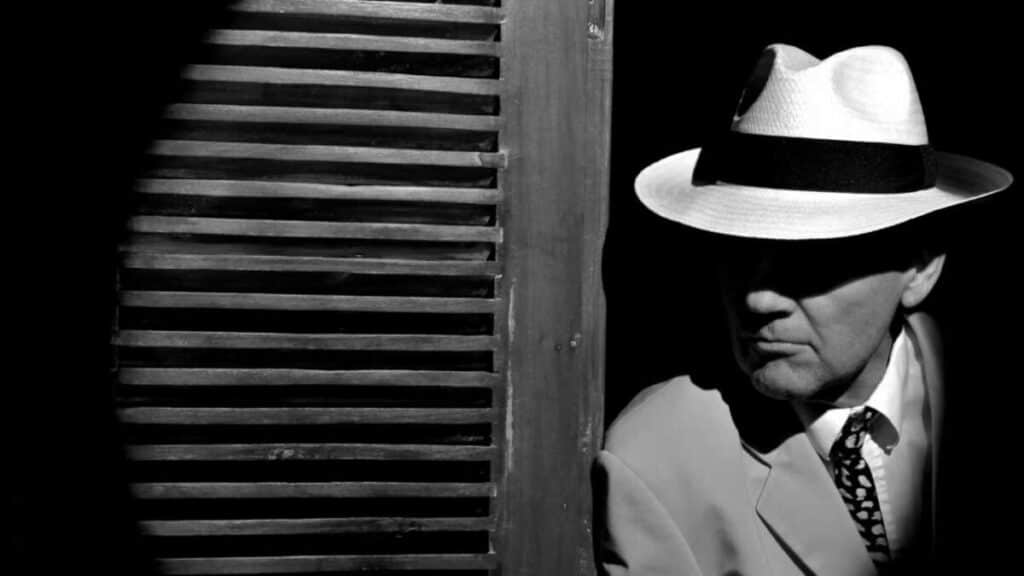
Problem Cards impose a penalty to the player. Whether explicitly or implicitly, these are wounds or what would otherwise reduce a health or sanity track. But some of them are given at the start of play, these are more of a character quirk such as: Broke, Lonely, or Vice Hound. These are denoted as “Continuity” problems that are persistent through play.
But other problem cards impose some type of behavior or mechanic penalty. Some examples are:
- Sourpuss: Until you haul off and clock someone, you can’t spend Push- es on Interpersonal abilities.
- Paranoia: -2 on your next Stability test, then discard.
- Pulled Muscle: Take a -2 penalty to your next General/Physical test and -1 to the one after that. Then discard this card.
Each one also has a story explanation tied to the scenario in which the character gained the card.
Telling Stories in Gumshoe One-to-One
I love the Gumshoe One-to-One system. It is simple, elegant and keeps the focus on the story and mystery. But I can’t imagine creating my own custom story or adventures. I prefer a less planned or improvisational game style.
This system does not appear to fully support this style. If it does, then I would like to see some examples of how. With the included adventures, the various scenes are linked into a story web with specific intro and outro connections. Each scene has a test which have specific Edge, Problem, or Added Problem cards.
It certainly is possible to improvise these cards. You play with a blank set of 3×5 or 4×6 index cards. As situations come up, you create a test on the fly, set difficulties, then create Edges and Problems depending on the outcome. I guess I would need to play this system a few more times before I was comfortable freestyling a one-shot or campaign.
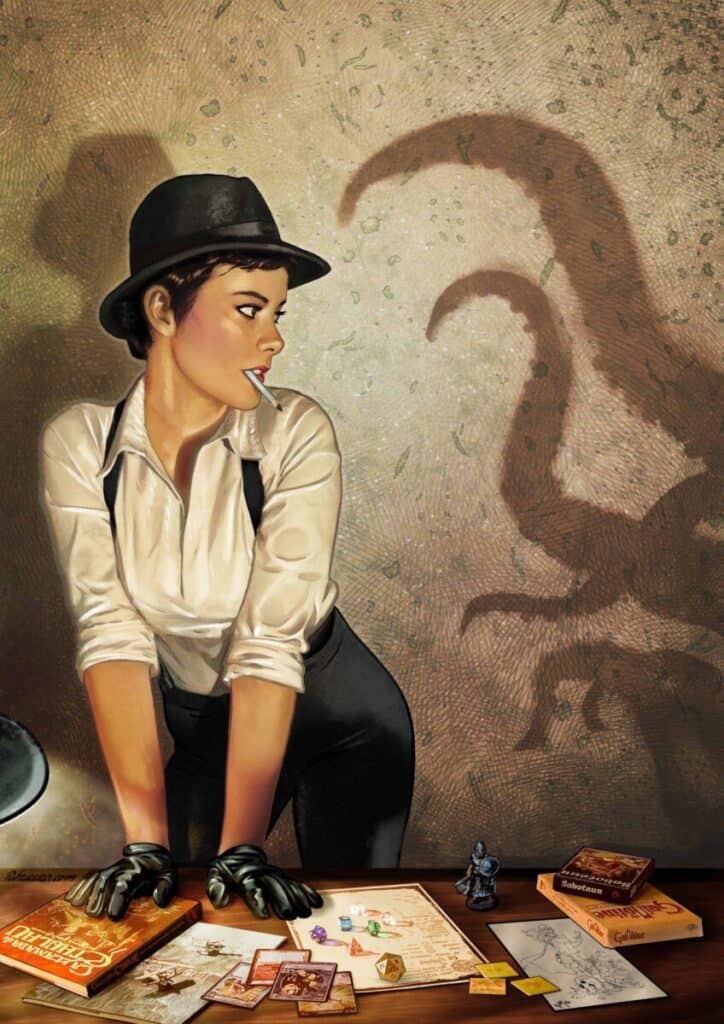
Powered by the Apocalypse Games
Powered by the Apocalypse (PbtA) rule set itself is not covered in any great depth here, but I have covered it over here. In short, PbtA games are a class-based narrative, rules light game system. There are many, many PbtA games, all with their own slight tweak on the core system.
PbtA takes roleplaying down to its most basic elements. The Game Master sets the scene. The Player describes her character’s actions in that scene. The Game Master narrates the reaction by creatures, people, and the world to those actions. Conflicts or actions whose outcome are uncertain use 2d6 to determine whether the action Succeeded (10+), Partially Succeeded or Succeeded with a Cost (7-9), or Failed (6-).
Character actions are called Moves. For every Playset (what PbtA calls the various settings or games), there are general Moves that are evocative of that Playset’s theme. Each Player has a Playbook (what PbtA calls the character sheet) that describes special moves only that character can perform.
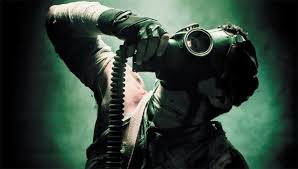
In gameplay terms, the player is just narrates their character’s action or reaction to events. In the process of that narration, the game master then invokes the Move that matches what the player is doing. Again, this is only done if there is uncertainty in the success of Move.
That’s it for the core mechanics of the game. The Game Master calls on different characters to keep the narrative feel and flow going. There is no combat turn order or action economy because it is the players taking the actions and the game master responding to them on behalf of the world and the dice.
If a player fails a hack and slash move to chop a goblin in half, then it was the goblin who successfully counterattacked. The player then rolls the damage caused by the goblin to their character. The game master should never rolls dice in PbtA games!
If you haven’t figured out why this can make for solo play, it is simply this: there is no turn order, there is no action economy. There are just scenes, narrative actions taken by the player, reactions by the game master, setting up the next scene and player actions. The good and bad that happens to the player is governed by their own dice rolling.
So if you find a PbtA game setting that you just love and want to play or game master, then all you really need is one player. Each additional player brings their own Playbook and story to the game, but there is no need to find balance, protect niches, etc. Within the various moves, generic, custom and Playbook specific, should be more than enough to fuel solo play.
If you want to explore the wilder (and wider) world of tabletop roleplaying games go there! If you want to start to learn on how to paint miniatures, click already! Or maybe you want to read more of my posts about Dungeons and Dragons, then click away here! If you’re looking for where to buy these productions click away.

